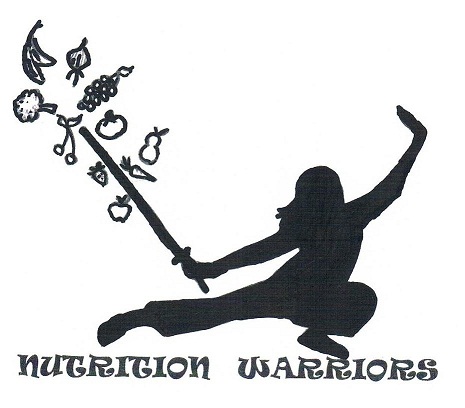Safety Tips for Grilling
 July 2nd, 2012
July 2nd, 2012
July 4 is a big day for grilling and picinics. If you are not careful it is also a time for food poisoning. Many people get sick every year because of improperly handling food. Hot food should stay hot and keep cold food on ice. Here are some tips on keeping your day safe but delicious.
SAFE MINIMUM INTERNAL TEMPERATURES
Whole poultry: 165 °F
Poultry breasts: 165 °F
Ground poultry: 165 °F
Ground meats: 160 °F
Beef, pork, lamb, and veal (steaks, roasts and chops): 145 °F and allow to rest at least 3 minutes.
Whole poultry: 165 °F
Poultry breasts: 165 °F
Ground poultry: 165 °F
Ground meats: 160 °F
Beef, pork, lamb, and veal (steaks, roasts and chops): 145 °F and allow to rest at least 3 minutes.
After cooking meat and poultry on the grill, keep it hot until served — at 140 °F or warmer.
Don’t place cooked meat back on the plates or bowls that held the raw meat. For quick cleanup, try covering the plate with foil before placing raw meat on the plate; once the meat is on the grill, remove and discard the foil. You have a clean plate for serving.
• Boil any leftover marinade that touched raw meat (including what was used for basting) for at least one minute before reusing.
Refrigerate any leftovers promptly in shallow containers. Discard any food left out more than 2 hours (1 hour if temperatures are above 90 °F).
Pit Roasting
Pit roasting is cooking meat in a large, level hole dug in the earth. A hardwood fire is built in the pit, requiring wood equal to about 2½ times the volume of the pit. The hardwood is allowed to burn until the wood reduces and the pit is half filled with burning coals. This can require 4 to 6 hours burning time.
Pit roasting is cooking meat in a large, level hole dug in the earth. A hardwood fire is built in the pit, requiring wood equal to about 2½ times the volume of the pit. The hardwood is allowed to burn until the wood reduces and the pit is half filled with burning coals. This can require 4 to 6 hours burning time.
Cooking may require 10 to 12 hours or more and is difficult to estimate. A food thermometer must be used to determine the meat’s safety and doneness. There are many variables such as outdoor temperature, the size and thickness of the meat, and how fast the coals are cooking.
Does Grilling Pose a Cancer Risk?
Some studies suggest there may be a cancer risk related to eating food cooked by high-heat cooking techniques as grilling, frying, and broiling. Based on present research findings, eating moderate amounts of grilled meats like fish, meat, and poultry cooked — without charring — to a safe temperature does not pose a problem.
Some studies suggest there may be a cancer risk related to eating food cooked by high-heat cooking techniques as grilling, frying, and broiling. Based on present research findings, eating moderate amounts of grilled meats like fish, meat, and poultry cooked — without charring — to a safe temperature does not pose a problem.
To prevent charring, remove visible fat that can cause a flare-up. Precook meat in the microwave immediately before placing it on the grill to release some of the juices that can drop on coals. Cook food in the center of the grill and move coals to the side to prevent fat and juices from dripping on them. Cut charred portions off the meat.
Resource
USDA

No comments:
Post a Comment